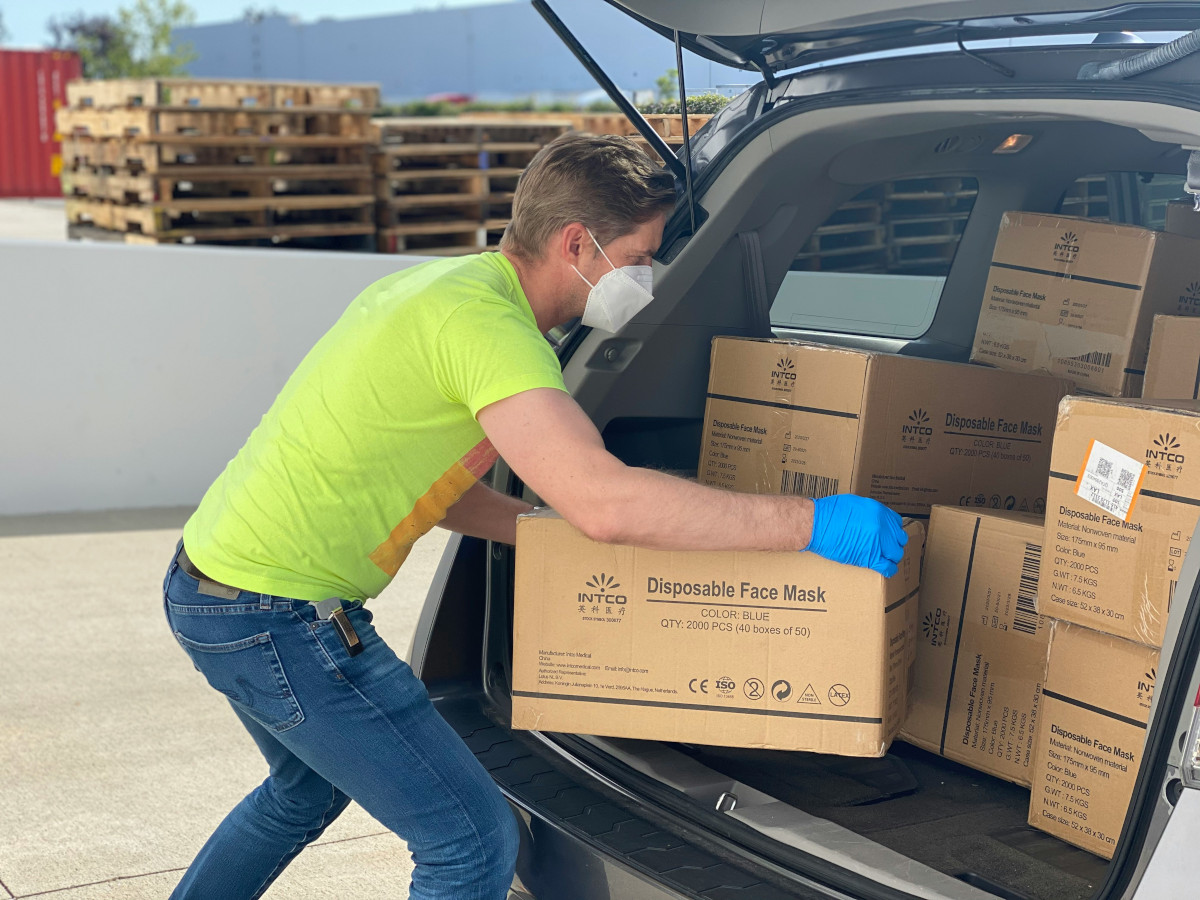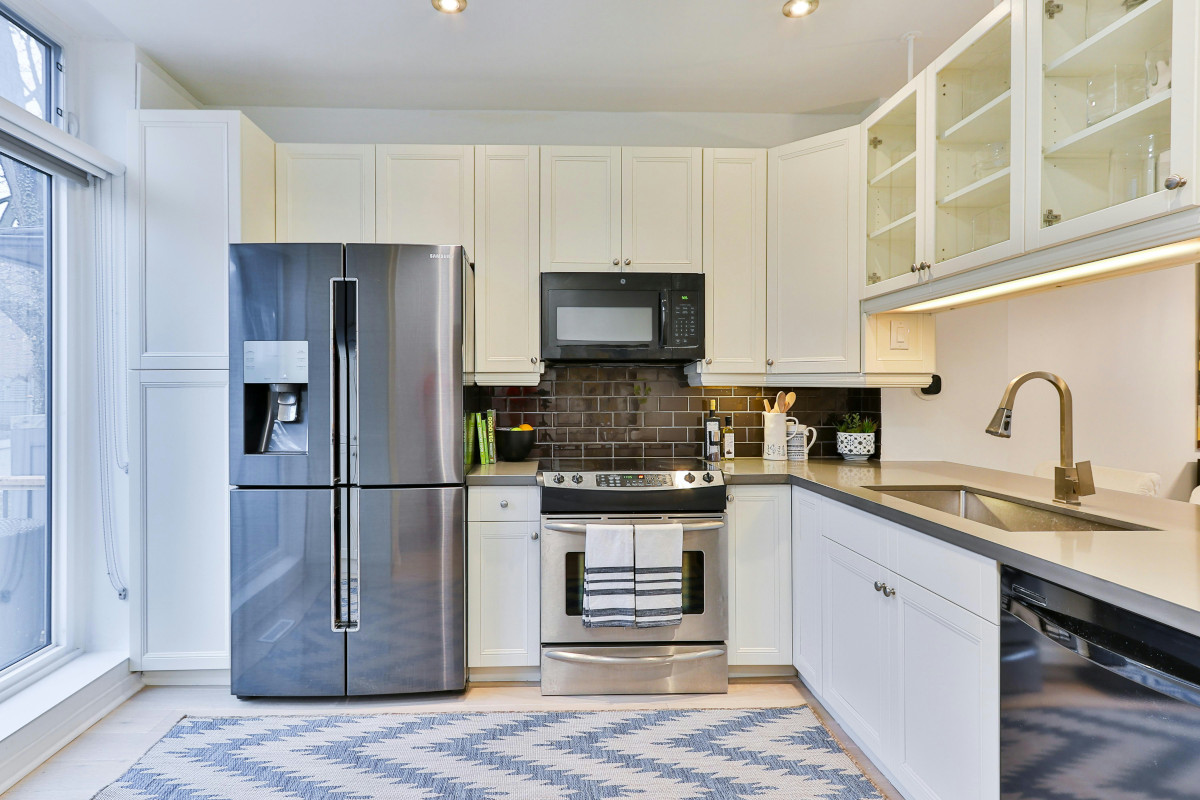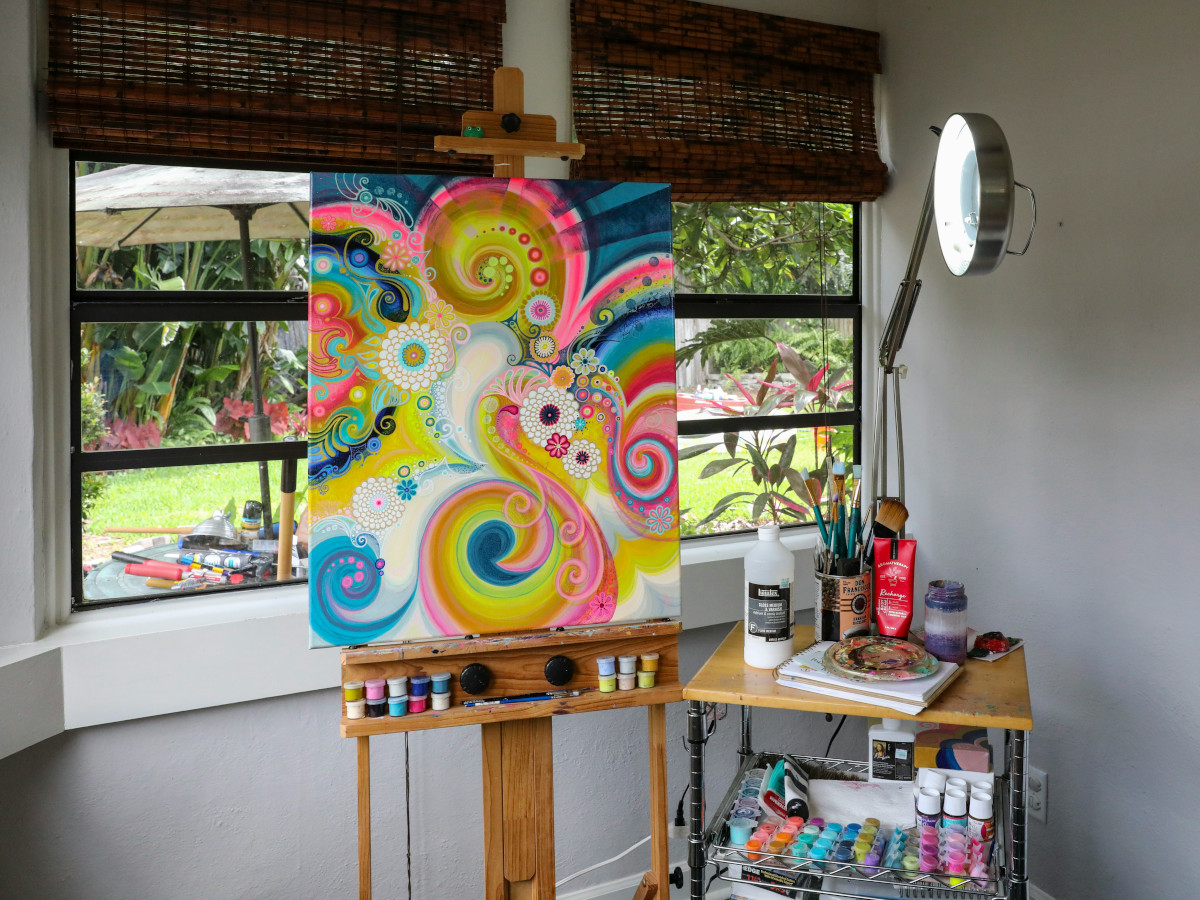How to Pack a Storage Unit for Long-Term

You’re going away for a while, and you’re not sure what to do about long-term storage until you get back. Big life changes are hard and moving all your treasured things only adds to the stress. That’s why we’ve prepared this guide on how to pack a storage unit for long-term use.
We’ll show you how to organize your storage unit to prevent damaged items. We also give you pointers on storing delicate and valuable items. And you’ll learn how to keep the long-term storage unit cost reasonable by finding a unit that’s appropriate for your needs.
If you’re looking for a long-term storage unit, WheeKeep’s self-storage is your #1 choice in Saudi Arabia. Rest assured your items will be secure until you take them back–call us today!
Common Uses For Long-Term Self-Storage
People put items in a long-term self-storage unit for many reasons. Many store their personal items, while others use our units for business storage purposes. Here are some of the most common uses we encounter at WheeKeep.
Moving Abroad for School/Work
Foreign job or educational opportunities are exciting. But before you go, you must decide where you’re going to store your stuff. A long-term storage unit protects your treasures while you’re gone. You can enjoy your overseas stay without worrying about your things back home.
Extended Home Renovation or Reconstruction
Home renovations can take time, especially after fire or flood damage. Putting your items in a long-term self-storage unit frees up space for workers if your house needs extended work. It keeps your items safe and dry for when you come back for them.
Downsizing But Holding Onto Valuables
You may not have room for all your things if you’re moving to a smaller domicile. Instead of throwing away your heirlooms, put them in a long-term storage unit and preserve them for your loved ones.
Items People Typically Store Long-Term
Lots of people store furniture. They want to keep their beds, tables, chairs, and other household items but don’t currently have room. Seasonal items are also popular, as people put their goods in storage until next year. But we’ve seen just about everything in our long-term storage units.
Why Long-Term Storage Needs a Different Strategy
You need to make sure your long-term storage unit preserves your items for your return when you may be gone for months or years. Security, safety and a climate-controlled unit are important concerns for people considering long-term storage.
How to Pack a Storage Unit for Long-Term
Knowing how to pack a long-term self-storage unit not only protects your items from damage. It also makes things easier when you’re moving out of storage unit. Here are some professional pointers on how to pack a storage unit for long-term storage.
Choose the Right Unit Type for Long-Term Storage
The long-term storage unit cost is important. But if your unit is too small, you may wind up losing more money than you saved. Overpacking a storage unit makes your boxes more vulnerable to damage. We can help you choose a size that’s big enough for your needs but not too big
Climate-controlled storage is your best bet for storing household things. Swings in temperature and humidity can damage electronics, books, furniture, and other delicate items. And a proper security team helps protect your stuff against theft and damage.
If you want to know that you made the right long-term storage choice, choose WheeKeep. We have climate-controlled storage, 24/7 CCTV coverage, and onsite guards to protect your items against every type of danger. For Saudi Arabia’s best storage, book your WheeKeep today!
Rely on Packing Materials That Last
Sturdy cardboard boxes are a cost-effective, flexible packing option. Cardboard boxes come in a wide variety of sizes and are readily available. They shield photosensitive items from light and will retain their strength for years in a climate-controlled storage unit.
Plastic containers and totes are also a great storage choice. Clear bins make it easy to see what’s in every box. Opaque plastic containers are the best choice for storing light-sensitive items like photographs, artworks, or clothing.
Prep Items Before Storing
Remove dust, dirt, and grime before packing your things for a long-term self-storage unit. Make sure everything is dry and clean to prevent mildew or warping.
Put light-sensitive photos and documents in a tightly sealed box to avoid fading and streaking. Clothes, furniture, and appliances will have their own preparatory steps as well – but we’ll get to those in a moment.
Label Everything Clearly and Completely
Labeling helps you identify specific items when you pick up your things. Be sure to clearly mark boxes containing delicate items as fragile so you know not to put anything heavy on top of them. Labeling your boxes by room or category also helps you unpack in an organized fashion.
Pack Strategically to Maximize Space and Protection
Put heavy boxes on the bottom and stack lighter boxes atop them. Create an aisle if possible so you can walk to the back of your filled storage container. It will make unloading much easier when you return.
Protect Fragile and High-Value Items With Extra Care
Fragile and valuable items require extra care for long-term storage. Whether it’s acid-free archival boxes for your artworks, top-stack loading for glassware, or furniture blankets for your tables and chairs, you must make sure to treat your delicate items with care.
Check on Your Stuff Every Now and Then
Check on your things every few months. If you are out of the country or otherwise unavailable, have a friend take a look at your stored belongings. This lets you respond promptly to signs of moisture or mold and take care of any other issues.
How to Pack Certain Belongings Long-Term
Some commonly stored household items need extra care before you put them up. These guides will help you prep them properly for a long stay in storage.
Books
Here’s how to store books in a storage unit according to archivists and librarians. Use clean, strong dry boxes for book storage. Pack small or medium-sized books either lying flat or standing upright. Large heavy books should be stored flat.
Never store books resting on the spine or the front edge, as this can damage the binding. If packed side-by-side in damp conditions, leather bindings can stick together. Wrap them in archival acid-free or 100% rag paper.
Pack your books securely enough to prevent them leaning at an angle, but don’t cram them together. Overly tight packing subjects books to pressure and makes them difficult to unpack. If you store your books upright, don’t stack any items on top of their box.
It’s better to use several small storage boxes. Large boxes full of books are heavy and unwieldy, which increases the risk of dropping and damage. Close your boxes tightly with tape, and reinforce the corners for additional security.
Clothes
Many people use long-term storage for their seasonal wardrobe. If you need extra room in your closets, here’s how to store clothes in a storage unit safely.
Start by decluttering your wardrobe and getting rid of clothes that you no longer want or need. This saves your storage space for items you wear regularly or which have sentimental value. Create an inventory list of the clothes you will be storing.
Clean your clothing thoroughly before putting it in storage. Even clean clothes may have lingering dirt or odors that will become permanent if you pack them up without a wash. Make sure they are thoroughly dry so you don’t get them back musty and mildewed.
Store your clothes in non-lidded airtight plastic boxes for best results. Store delicate or vintage clothing in acid-free archival boxes. Rolling your clothes is better than folding for long-term storage, as it reduces wrinkles and hard crease lines.
Furniture
Stagers and interior design specialists recommend wrapping when asked how to store furniture in a storage unit. Bubble wrap is good for protecting glass tables, but it can hold in moisture that causes mold. Wrap wood furniture in a furniture blanket instead to avoid dings and scratches.
Break down and box furniture that can be disassembled. Clean the piece thoroughly, then take it apart. Wrap the pieces in packing paper or old sheets to protect it from jostling damage during the move. Put crumpled paper between the pieces to avoid dings when moving the boxes.
If you’re packing up a couch, put it at least 10 cm away from any exterior wall. This lets the couch fabric breathe while in storage. Avoid putting heavy boxes on your couch as this can deform or damage the fabric or leather.
You should keep your furniture in a climate-controlled storage unit. Temperature swings and humidity changes can warp wood and weaken fabric.
Vehicles
Wash your vehicle before you put it in storage. Bird droppings or water stains can damage the paint during its stay in a long-term self-storage unit. Waxing your car before storage provides an additional protective layer.
Change the oil, as used engine oil contains contaminants that can damage your engine. Top up the tank with gas to avoid moisture buildup in the gas tank. Add a fuel stabilizer to prevent ethanol buildup and protect the engine from gum, varnish, and rust.
Brake pads can fuse to the rotors if the parking brake is on too long. Use a chock or tire stopper instead to prevent your car from moving. Make sure your tires are inflated to the recommended pressure.
Disconnect the negative battery cable. This will preserve your battery’s charge but may reset your time and stereo presets to their default settings. You can also plug in a trickle charger and attach it to your battery to avoid coming home to a car that won’t start.
Artwork
Here are pointers on how to pack a storage unit for long-term storage of artworks. First, avoid bubble wrap and plastic wrap as they trap condensation and block air circulation. Use breathable materials like foam or blankets to protect your sculptures against dust, bugs, and scratches.
We recommend supporting canvas paintings with a wooden or cardboard backing board. Order custom wooden crates for antiques, sculptures, and family heirlooms. Store your paintings framed with glass if at all possible.
Use acid-free archival boxes, albums, and sleeves for photographs. Don’t put photos in PVC sleeves as they release fumes that can damage your pictures. Opt for archival sleeves that are designed for long-term storage in museums or photo collections.
Make sure you mark each storage box properly so that you will know exactly where your treasured artworks are when you return. This also helps you when packing, as you’ll know that you should treat those boxes with extra care.
Take the Next Step With a Long-Term Storage Unit From WheeKeep
WheeKeep has the best long-term storage facilities in Saudi Arabia. We offer climate-controlled storage and containers suited to large and small storage jobs. Big life moves are stressful, so we work hard to make long-term storage as easy as possible.
With a portable storage container from WheeKeep, you don’t have to worry about how to get your items to us. We bring the container to you. You pack your things, then give us a call and we pick it up and bring it to our facility. Or, you can keep the unit on-site for easy access to your stuff whenever you need it.
Our long-term storage unit cost is competitive, and our facilities are monitored by guards and protected by state-of-the-art fire alarms. And nobody else has access to your stored goods since you secure the storage container with your own lock.
A moving storage container can hold your household’s furniture and other items during renovations, while your contractors can use our on site storage container to secure their tools at the workday’s end. Rely on WheeKeep for all your storage needs.
Parting Thoughts on How to Pack a Storage Unit for Long-Term
Leaving home for an extended duration is stressful. But if you follow these storage packing tips, you won’t have to worry about the things you’ve put in storage.
There are many reasons why people use long-term self-storage units. Whether you’re packing your things away for the season, for a renovation, or for a military deployment, count on WhatsApp to keep them safe until you retrieve them. Call us today for a consultation.
Related Blogs

How to Store Appliances in Storage
Every day, we show customers how to store appliances in storage. But many find choosing...
Read more
How to Store Carpets in Storage: Rug Storage Ideas
You're renovating, moving, or preparing for an extended trip abroad. But you're worried about storing...
Read more
How to Store Artwork in a Storage Unit
Maybe you’re moving to a new home and need temporary storage. Maybe you’re going to...
Read more
